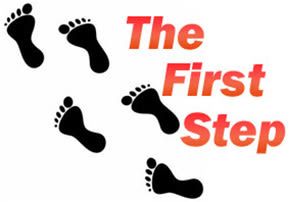
The First Step
Take a few precious moments to ask your young ones, "Who created the world? Look outside and tell me who created the sky, the trees, and...

Dearest Readers,
It’s great to be writing to you again. My previous articles were about teaching our children hakarat hatov, gratitude, especially hakarat hatov toward Hashem. The midah, characteristic, of hakarat hatov, is one of the basic foundations of serving Hashem.
How do we mold the neshamot, souls, of our precious young children? How do we plant an awareness and love within them for Hashem’s greatness? How do we teach them to appreciate Torah and mitzvot? How do we develop in the receptive hearts of tender, young children an enthusiasm for performing Hashem’s mitzvot?
This series of articles will guide you in instilling your children with a sense of purpose that will, b’ezrat Hashem, fill their world with gentleness, goodness, and compassion.
STEP ONE: Tefillah – Prayer
If we start our day with a happy, exuberant attitude, our children will automatically respond in kind – and then we’re in for a fantastic day! When we, as parents, are positive role models for children, we automatically instill them with the right outlook on life.
When my children were little, I would begin our morning with the following song expressing our joy for the new day that was ahead of us. (This song comes from the tape, “Sorry, I Just Don’t Have the Time.”) Just singing this song uplifted our spirits!
“It’s another wonderful morning,
It’s another wonderful day.
I will sing my Modeh Ani,
Would you like to sing with me?
All you need to say is just thank you,
I’m glad that I’m alive,
It’s another wonderful morning,
It’s another wonderful day.
Modeh Ani Lifanecha, I’m as thankful as can be,
Melech Chai V’Kayum, that a King as great as He,
Shehechezarta Be Nishmasi, returns my life to me,
Modeh Ani Lifanecha, I’m as thankful as can be.”
[Editor’s note: If you can’t get a hold of this tape, try putting your own words of gratitude to Hashem to any tune that you like. The kids will never know the difference, and who knows, perhaps this will be the beginning of a new career!]
With young children, it is far more effective to tangibly show them how beautiful it is to daven (pray) to their Father in shamayim (heaven). How do we go about doing that? Take a few precious moments to ask your young ones, “Who created the world? Look outside and tell me who created the sky, the trees, and everything around you?” Of course they will answer, “Hashem!”
When my children were small, I loved singing another song with them from the tape, “Something to Sing About” (with original tunes and lyrics by Yona Weinberg and Mimi Weinberg, Rohr).
“Oh the sky is so blue, and I want to thank You,
Hashem, for the beautiful world You made for me.
Ma Rabu Maasechah Hashem, thank you again and again.”
I would then sing:
“Baruch Hashem for the sky so blue,
Baruch Hashem for whatever You do.
Baruch Hashem, I’m a happy Jew,
Baruch Hashem thank You; Thank You!”
Only after understanding the concept of thanking Hashem for all that He does for us can we begin to actually pray to Him.
How do we begin teaching our children to pray? The first prayer we teach our children is, “Modeh ani lifanecha, Melech chai v’kayam, shehechazarta be nishmati b’chemla, raba emunatecha” “I give thanks before You, living and eternal King, who has returned my soul into me in compassion; great is Your faithfulness.” Afterwards, they should wash their hands six times (three times on each hand consecutively) and their face, and then recite the blessing “Al netilat yadayim” (for washing the hands), “Asher Yatzar” (for using the bathroom).
Then, “Reishit chachmah yirat Hashem seichel tov l’kol oseyhem tehilato omedet l’od; baruch Shem Kavod Malkhuto l’olam vo’ed,” “The beginning of wisdom is the fear of the Lord; good understanding to all who perform them; his praise endures forever” (say Hashem’s real Name). In this way, they will have washed their hands and face before reciting Hashem’s Name. We would then say “Shema Yisrael Hashem Elokeynu Hashem Echad,” “Hear, O Israel! The Lord is our God, the Lord alone” and “Baruch Shem kavod malkuto l’olam vo’ed,” “Praised be the Name of the glory of God’s sovereignty for ever and ever.” Afterwards I would sing with them, “Torah Tziva lanu Moshe morasha kehillot Yaakov, “Moshe commanded the Torah, an inheritance to the community of Yaakov.” It takes a mere few moments, but a lifetime of consistency.
When I taught Pre-1A, I would go outside with the children to look at the sky, breathe in the fresh air, look at all the trees and creations of Hashem, before singing “Baruch Hashem for the sky so blue.” Afterwards, I would tell the children inspirational stories about prayer. Only after they understood the concept of thanking Hashem for all He does for us would I actually start teaching them how to pray to Hashem.
When I was a young girl, I remember my mother, may she live and be well, telling us stories of our forefathers while spoon-feeding us. With every spoonful, our love of Hashem was strengthened.
My book, Precious Jewels, contains an entire chapter of stories about prayer, including how these stories have impacted youngsters’ lives. Enjoy!
In Precious Jewels, (p. 26), I wrote about an incident that happened while teaching Pre-1A. A mother told me about a conversation she had overheard between her two young sons. One child wanted to play outside, but his 5-year-old brother, a student of mine, answered, “I first have to daven to Hashem, and then can we go out to play.” Why did one child want to pray while the other one did not? The boy who wanted to pray understood the concept of gratitude and of thanking Hashem for all He does for us. He realized that Hashem is eagerly waiting to hear from His beloved children.
As a preschool teacher, I taught the children the prayers that they would say at home. I sat them in a circle and we went through the morning ritual of waking up, stretching our hands, reciting the Modeh Ani and then washing our hands (they put one hand on top of another and pretended to wash their hands). After reciting the brachot of al netilat yedayim and asher yetzer we recited the Modeh Ani as I explained above, and added the first paragraph of the Shema, so they would know how to recite it at home, before going to sleep. Once the children had mastered reading Hebrew, we began praying from a siddur. The children would point to each word. The first grade teacher was impressed at how my former students would point to the words in the text at all times! When one learns good habits at a young age, it remains with them for a lifetime!
To be continued…




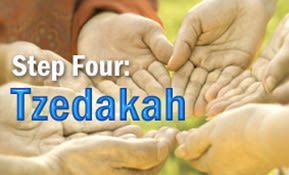
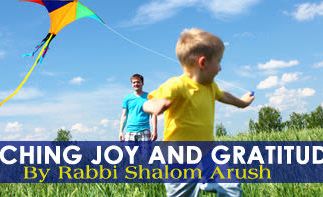
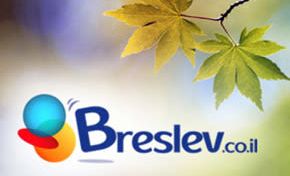
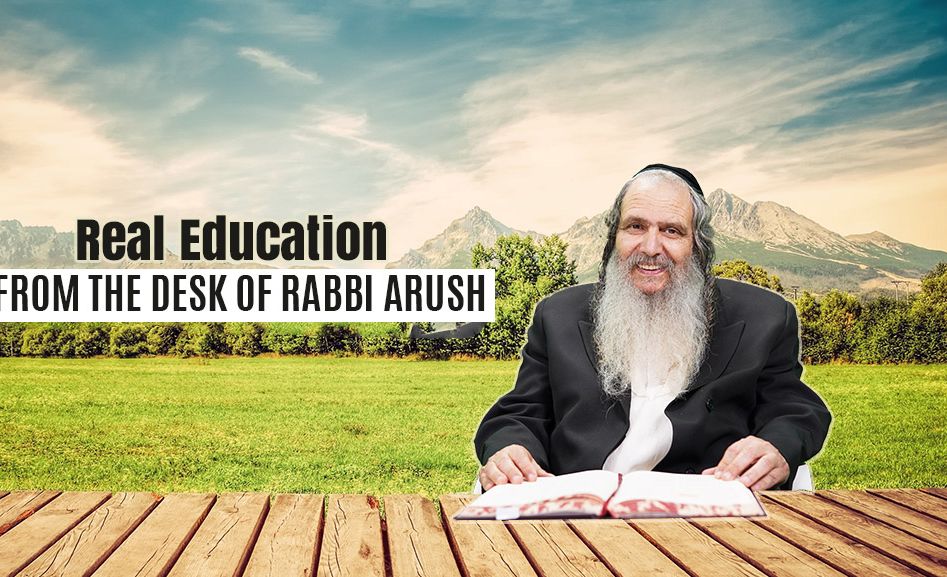


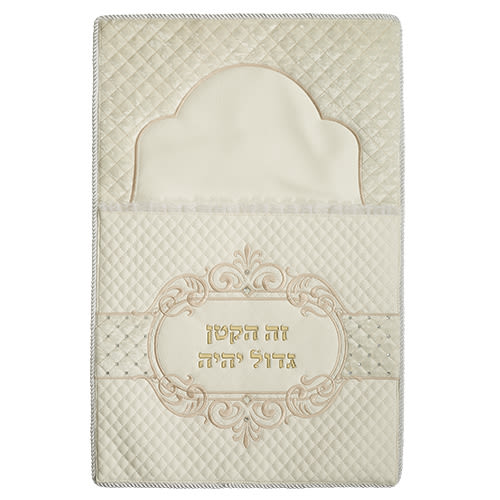
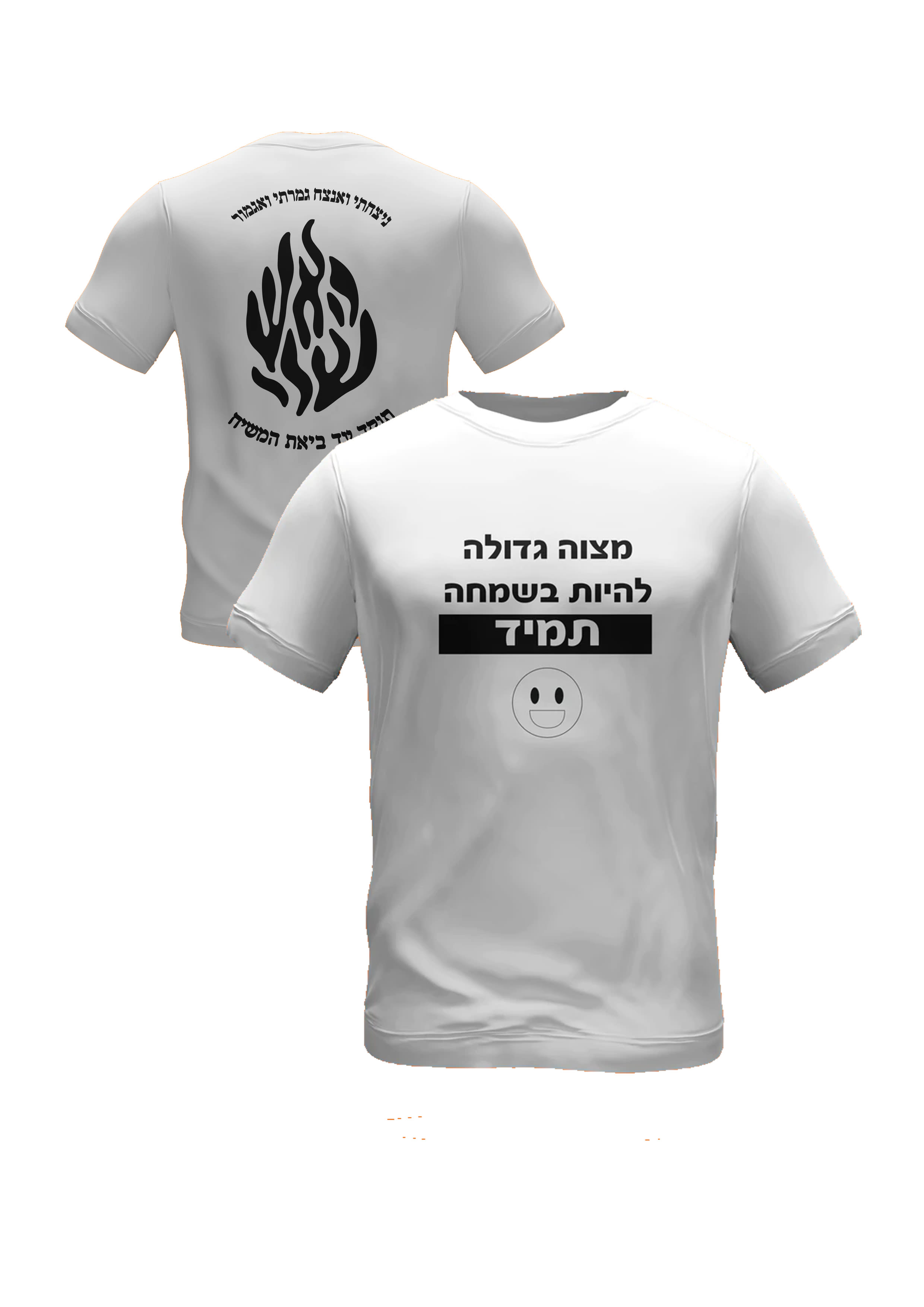

6/29/2023
Great question!!
I can find no reason for washing one’s face three times. Kitzur Shulchan Aruch 2:3 says,
I’m correcting the text.
Thanks for catching this and asking!
6/28/2023
Why do we need to wash our face three times?